Homemade Pumpkin Puree
Homemade Pumpkin Puree- If you don’t want to cook with canned pumpkin, or you are looking to cook more from scratch and avoid canned items, here I am with just the pumpkin puree recipe you’re looking for that meets all of your Fall cooking, baking, and holiday needs. In this post, I will show you how to cook fresh pumpkin for recipes that can be used in sweet or savory dishes! Making fresh pumpkin puree is so easy, you’ll never want to buy the canned stuff again!

Homemade Pumpkin Puree
Whenever possible, I try to avoid the pre prepared version of anything. Along with recipes that use fresh produce, this site is focused on cooking from scratch and avoiding processed ingredients as much as possible. In fact, I have a whole category on the site devoted to scratch made food you should check out! I make this puree every year, and it is surprisingly versatile.
This recipe is double duty: it uses fresh produce and you make something yourself rather than buying it premade! I’m very passionate about real homemade food, and I enjoy helping others do the same. If this is your first time on the blog, be sure to head over to the about page for more information on The Copper Table, and the many ways this site can help you.
Can All Pumpkins Be Used For Puree?
At markets and pumpkin patches, I have noticed that there are two primary types of Pumpkin available. These two varieties are Sugar Pie Pumpkins and Winter Luxury Pumpkins. I buy most of my pie pumpkins every year at the Farmers Market or at a local farm that raises pumpkins.
What pumpkin is best for puree? In my many years of making pumpkin puree from fresh pumpkins, I have found that most any fresh pumpkin can be used regardless of variety, but I will go over two common types you are likely to find when shopping for pumpkins.
Sugar Pie Pumpkin
This pumpkin is the one you will most likely see during pumpkin season at the grocery store. These are going to be much smaller than the typical variety we think of that are used for carving. Sugar pie pumpkins are smaller, have a more uniform round shape than the bigger varieties, and they have a dark orange color that you’ll find familiar.
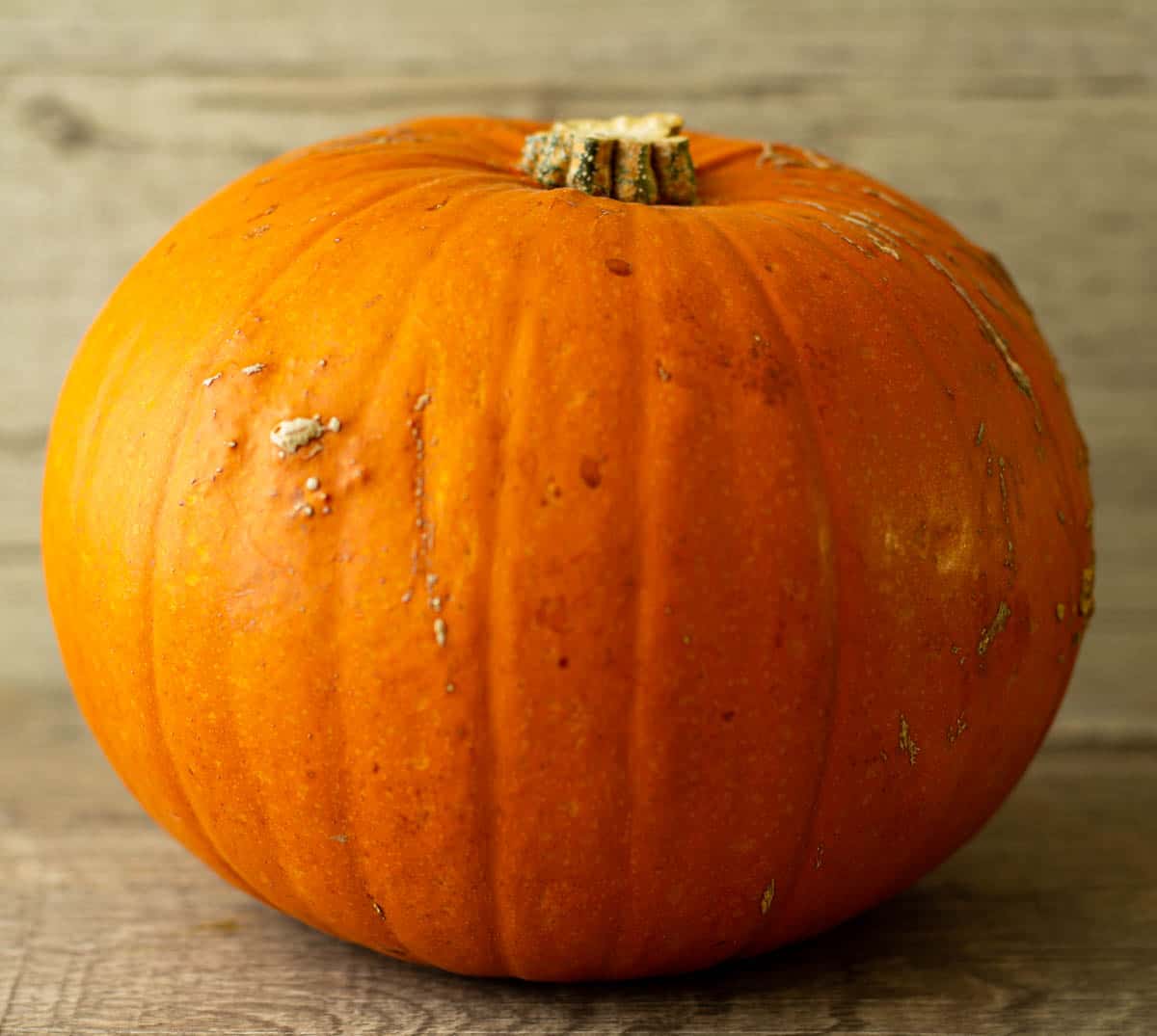
Winter Luxury Pumpkin
I love this pumpkin! These are an heirloom variety from the late 1800s. They look much like the sugar pie variety, but the outer skin has a soft pale netting that creates a bumpy texture on the outside. This texture is a good thing, because it is caused by the sugars in the pumpkin bursting through the skin as it grows and oxidizing. Cool, right?
If you can find Winter Luxury, I highly recommend them. The flesh is smoother than that of a sugar pumpkin and does not need as much pureeing in a food processor to become velvety smooth.
Both of these varieties listed are just fine to use for this or any other recipe calling for pumpkin.
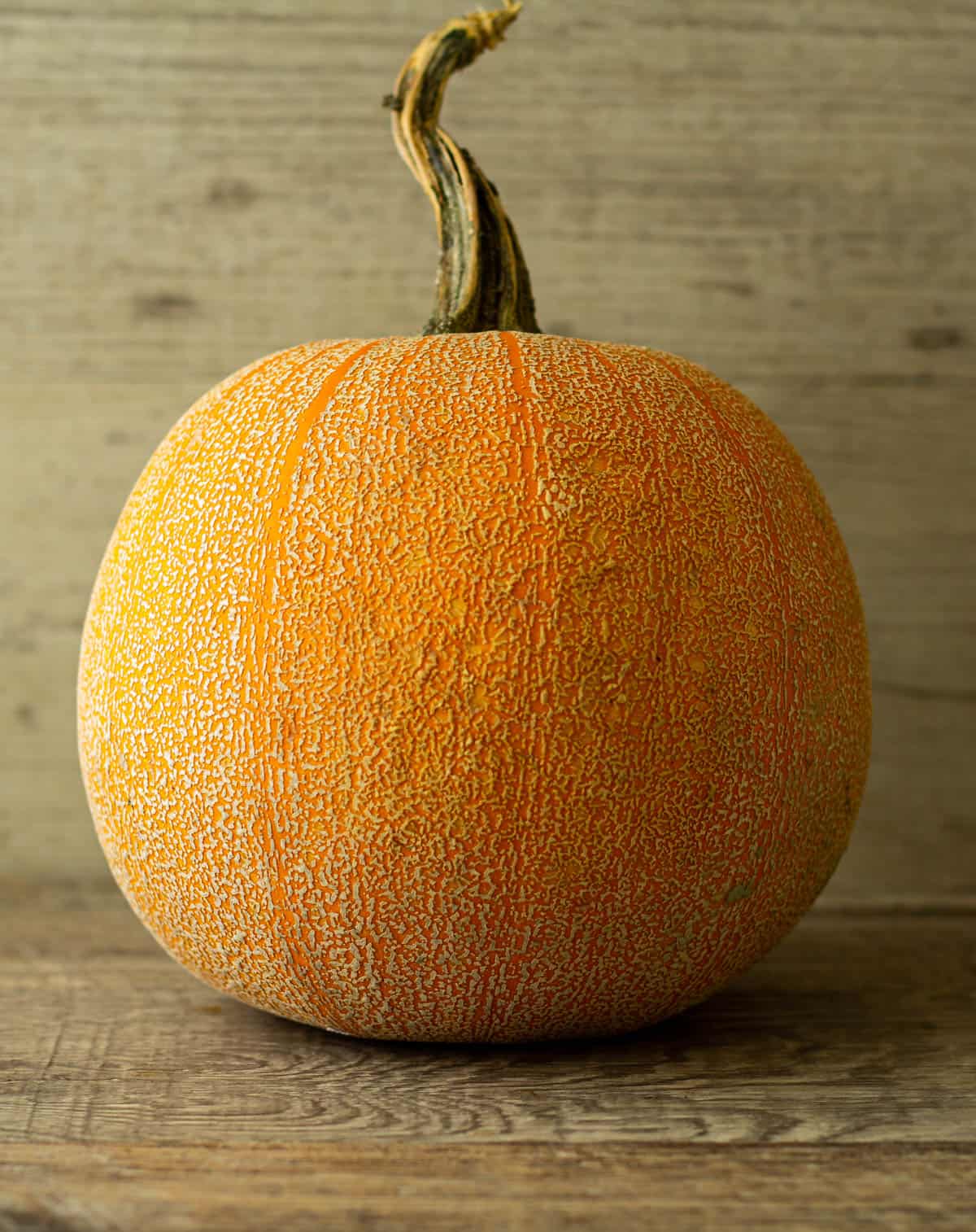
How To Make Pumpkin Puree From Fresh Pumpkin
Making this yourself is so easy!
- Prepare the sheet pan and the pumpkins for roasting.
- Roast the pumpkins (more on that in the next section).
- Allow your pumpkins to cool.
- Scoop the flesh out of the pumpkin skin.
- Pulse pumpkin flesh in the food processor until smooth if needed (I recommend doing this even if it looks smooth.)
- Use in your recipe, or freeze for later use (more on freezing further down in the post).
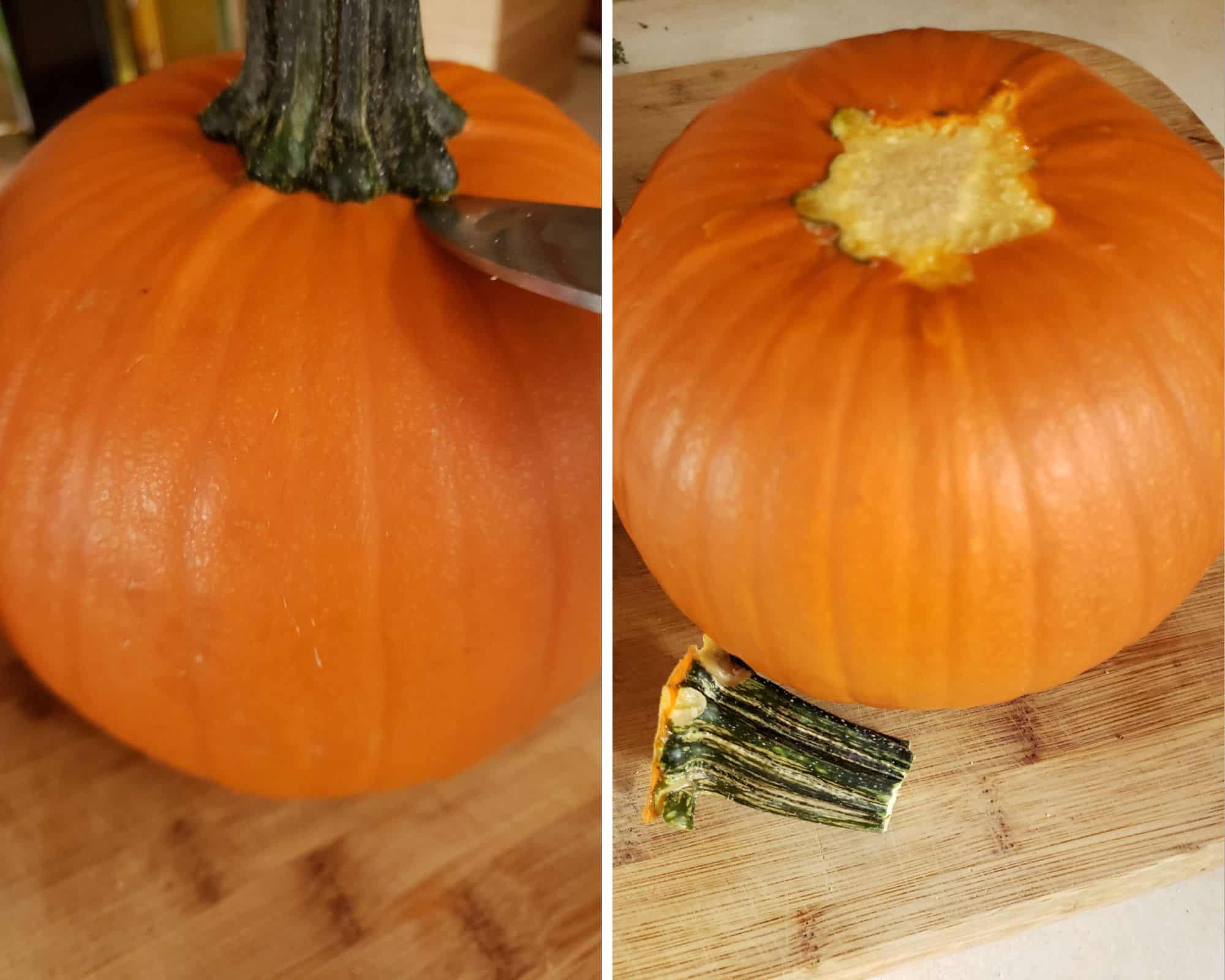
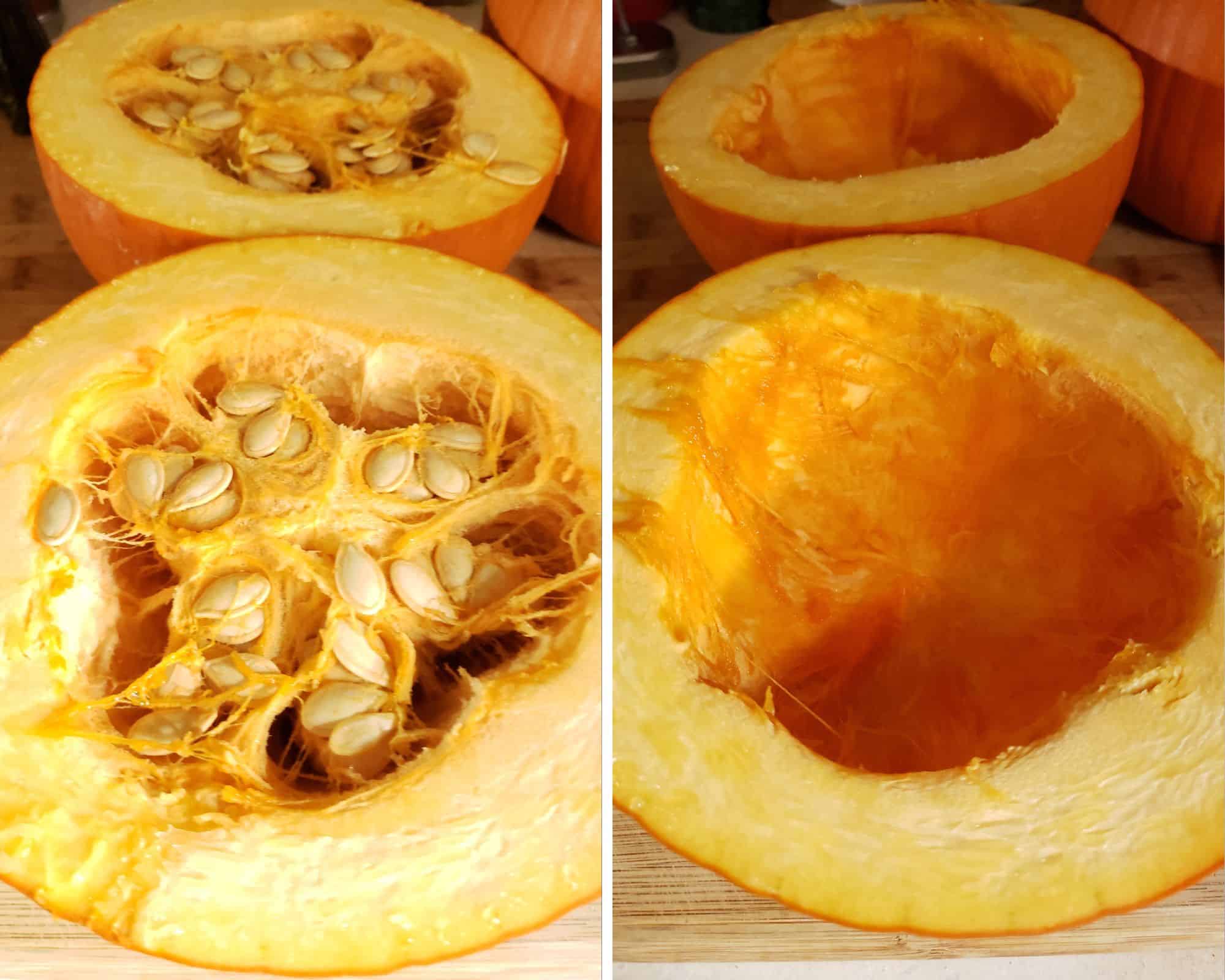
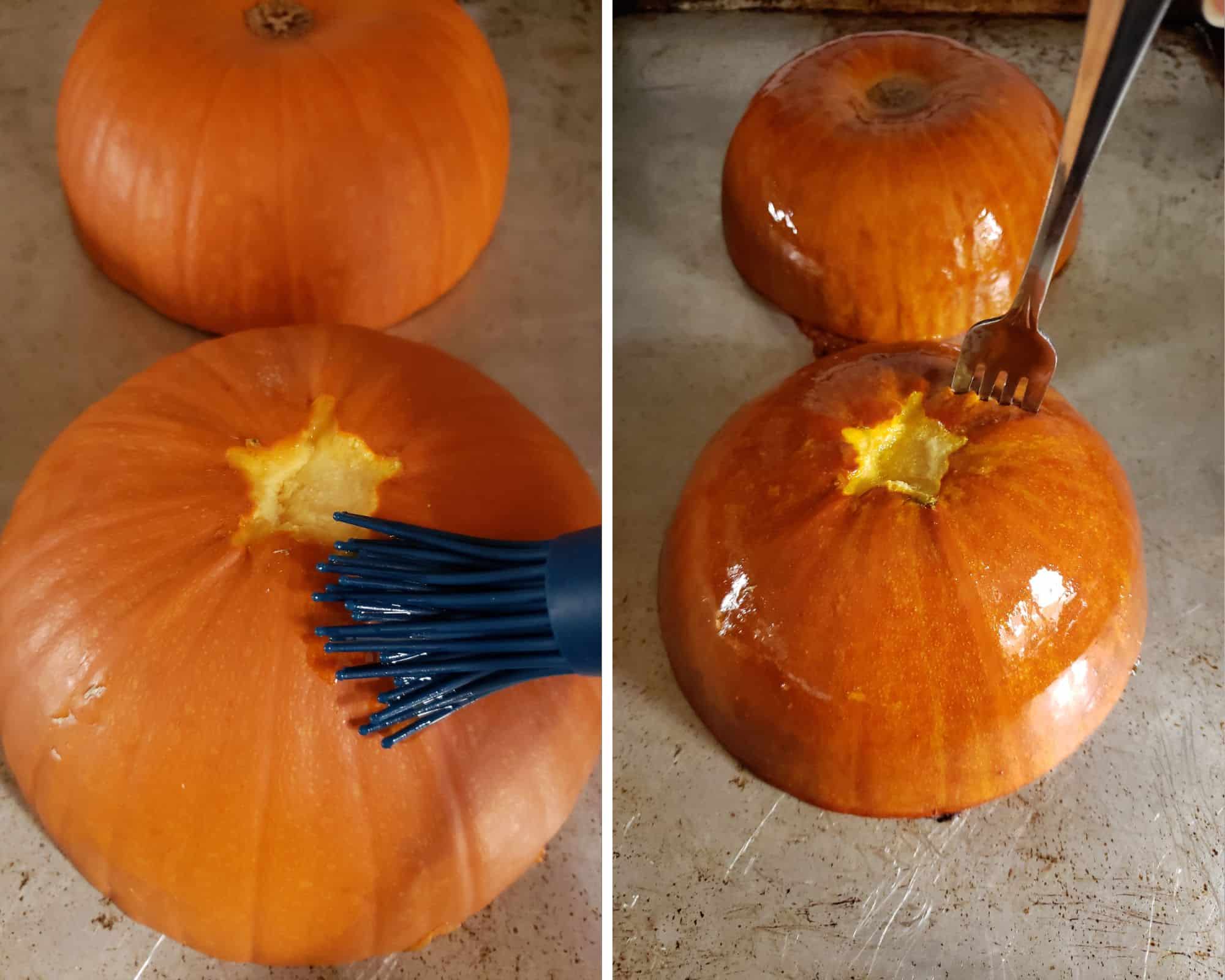
How To Roast Pumpkin
How do you cook a pumpkin? Roasting pumpkin for puree is not only easy, but it adds flavor too!
- Line a sheet pan with aluminum foil.
- Remove the stem from the pumpkin and cut the pumpkin in half.
- Scoop out the seeds and save if you like to roast them, or discard them.
- Bake until a fork poked in the pumpkin halves goes in easily.
That’s it! Super simple, and you have fresh homemade pumpkin puree when you need it! More detailed instructions are in the recipe card at the bottom of the post.
Tips For Preparing Homemade Pumpkin Puree
- Don’t skip the step of brushing the skin with oil before roasting. It helps keep the skin from burning while the pumpkin roasts.
- I recommend using a rimmed baking sheet for this, just in case you have any juices that run they won’t spill over into your oven.
- You may find that the skin becomes so soft that you can’t really scoop the pumpkin out, it is more like peeling the skin off. That’s ok! Sometimes that happens and it is perfectly normal.
Using Pumpkin Puree In Recipes
- If you are using puree in a cheesecake, be sure it is at room temperature before adding to your recipe.
- If you are going to be using this in a recipe that requires the puree to be very smooth such as gnocchi for example, running it through a few pulses in the bowl of a food processor with the blade attachment should remove any lumps. I advise doing this anyway no matter what, so that it is smooth for whatever recipe you are using it in.
- If after draining it still appears too watery, you can place the puree in a large piece of cheesecloth and squeeze out more water.
It’s important to know that your homemade pumpkin puree is going to be pretty watery compared to the canned version, so you should not add it straight to a recipe without draining it first. When using homemade puree, I always put it into a colander to drain while I gather the rest of my ingredients and do the prep work for a recipe. If your colander has larger holes and you are worried about the puree slipping through the cracks, place some cheesecloth in the colander before you add the puree.
How Much Pumpkin Puree Can I Get From One Pumpkin?
This depends on the size of your pumpkin, but typically one pumpkin will get you about 2 cups of puree. Most of the time, I roast two pumpkins to ensure I have enough for whatever I might be making.
Delicious Recipes Using Homemade Pumpkin Puree
If you are looking for a few pumpkin puree recipe ideas, I have a few that are great to try!
This puree can be used in both sweet and savory dishes, so it is really versatile! Here are a few recipes that use pumpkin puree:
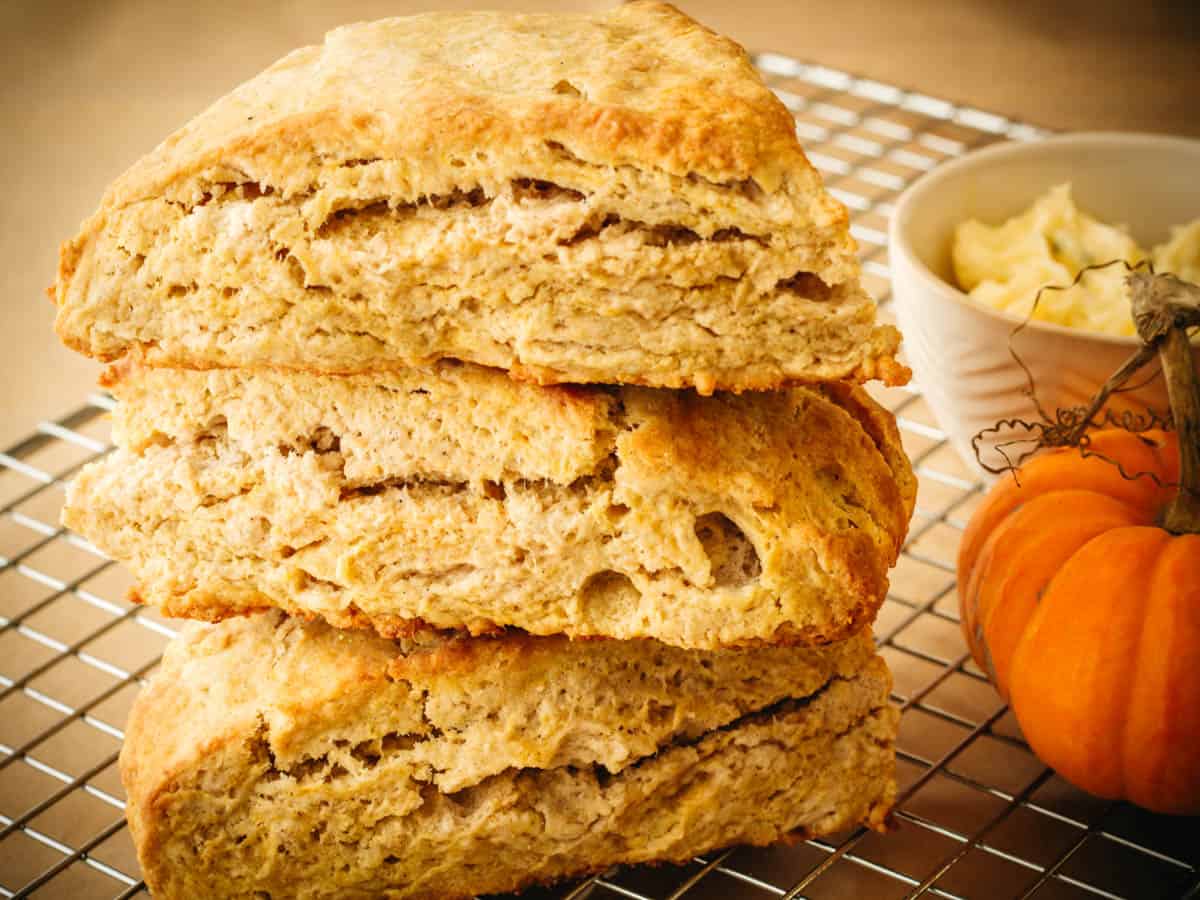
Can You Freeze Pumpkin Puree?
The puree freezes well, and it’s a great idea to freeze it in one cup portions so that you can pull out what you need, rather than freezing it all at once. I try to use it within two months after freezing. After roasting the puree, drain the excess water off before freezing. Once your puree is defrosted, drain it a second time to ensure there is no excess water before using.
How Long Does Pumpkin Puree Last?
Pumpkin puree will last for two to three months in the freezer, and up to one week in the refrigerator.
If you are reading this, thank you for stopping by! I hope you love this Homemade pumpkin Puree, and that you find many ways to use it that you love!
If you have not signed up for my newsletter, you can do that below. I have lots of exclusive content just for newsletter subscribers, and I’d love for you to join. Happy Cooking!
Print
Pumpkin Puree From Scratch
Why buy canned pumpkin when you can make your own? This Homemade Pumpkin Puree is a great way to use all those fresh Fall pumpkins you can't resist buying at your local market. This recipe is so easy, and ready for all your baking and cooking needs!
- Total Time: 1 hour 5 minutes
- Yield: 2 Cups 1x
Ingredients
- 1 Sugar Pie or Winter Luxury Pumpkin
- 2 Tbsp Avocado Oil
Instructions
- Heat oven to 375 degrees.
- Prepare a rimmed baking sheet by lining it with aluminum foil, dull side facing up. You can also go without the aluminum foil if you prefer.
- Remove the pumpkin stem by sticking the tip of a knife under the edge of the stem and pushing up. It should pop right off.
- Cut the pumpkin in half, and place each half cut side down on a rimmed baking sheet.
- Brush the skin with the 2 Tbsp of avocado oil.
- Bake for 45 minutes to one hour, until a fork easily pierces the skin.
- Allow the pumpkin halves to cool for a few minutes until you can comfortably touch them and the skin will come right off. Or you can scoop the flesh out if you are able to pick up the pumpkin halves in your hands.
- Place the cooked pumpkin in a large freezer bag and refrigerate, or freeze until ready to use.
Notes
When using this puree in recipes, be sure to place the pumpkin flesh in a colander and drain the excess moisture out before using. Its also a great idea to drain moisture out before freezing, and then drain again after defrosting.
You can use cheesecloth to drain your pumpkin if you don't have a colander with small drainage holes.
Your Pumpkin Puree will keep for up to one week refrigerated, or up to three months frozen.
Sugar Pie pumpkin or Winter Luxury Pumpkins are equally fine to use in this recipe.
If you are using the puree in a cheesecake, be sure to let the puree come to room temperature before adding to your cheesecake batter if the puree has been refrigerated or frozen.
- Prep Time: 5 minutes
- Additional Time: 0 hours
- Cook Time: 1 hours
- Category: Cooking From Scratch
- Cuisine: American
Nutrition
- Serving Size: 1
- Calories: 152
- Sugar: 7
- Sodium: 63
- Fat: 10
- Saturated Fat: 2
- Unsaturated Fat: 8
- Trans Fat: 0
- Carbohydrates: 15
- Fiber: 1
- Protein: 1
- Cholesterol: 0




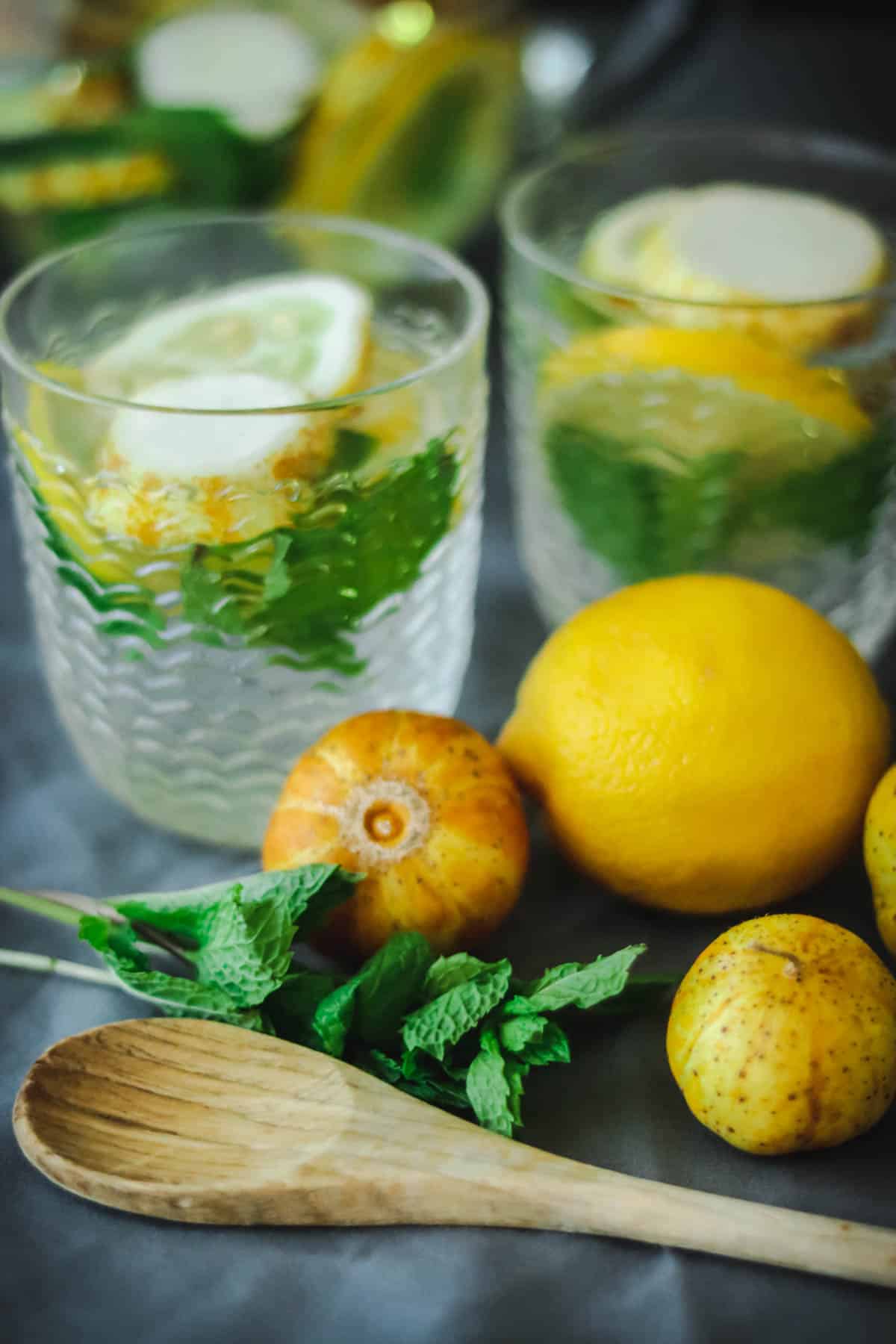

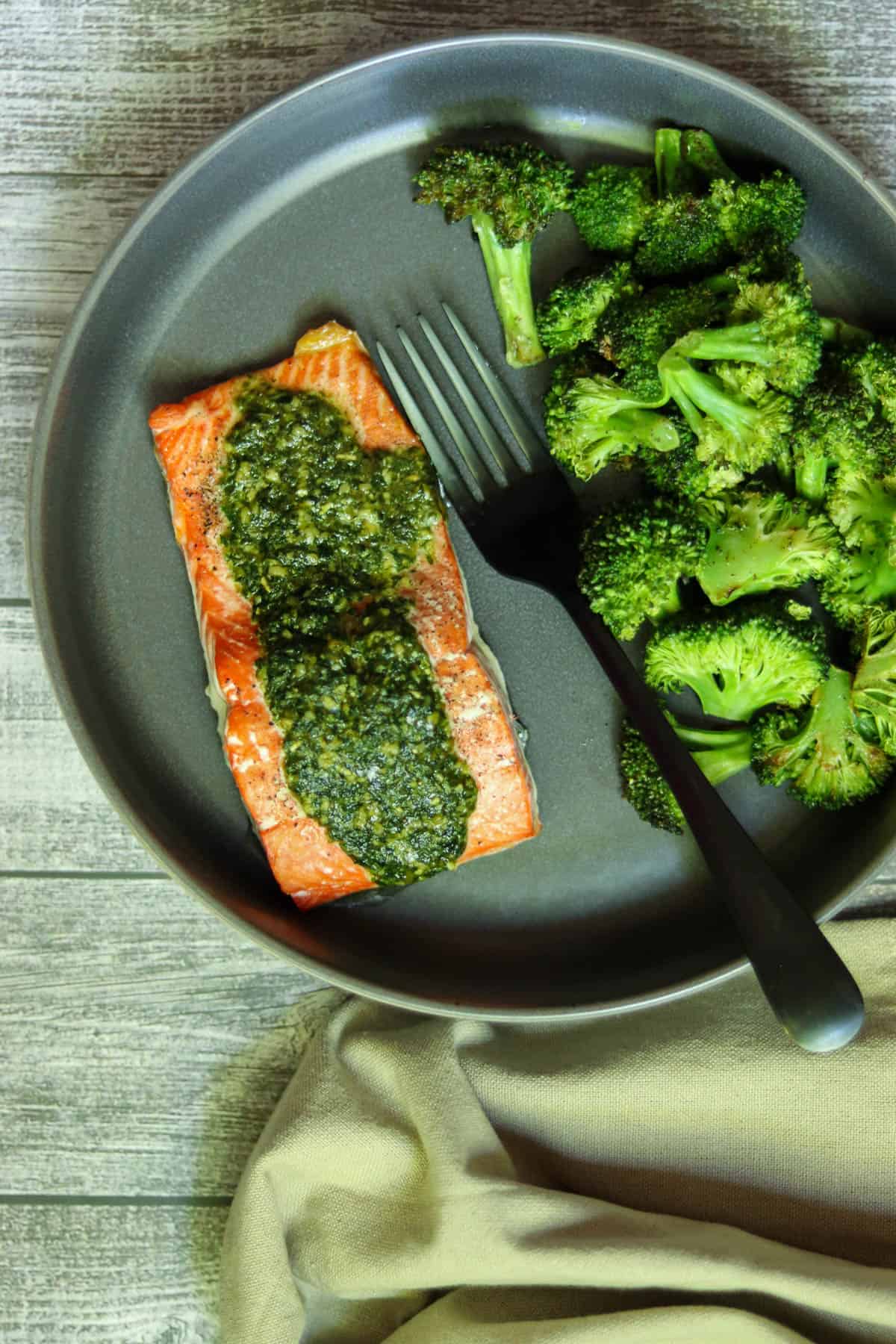
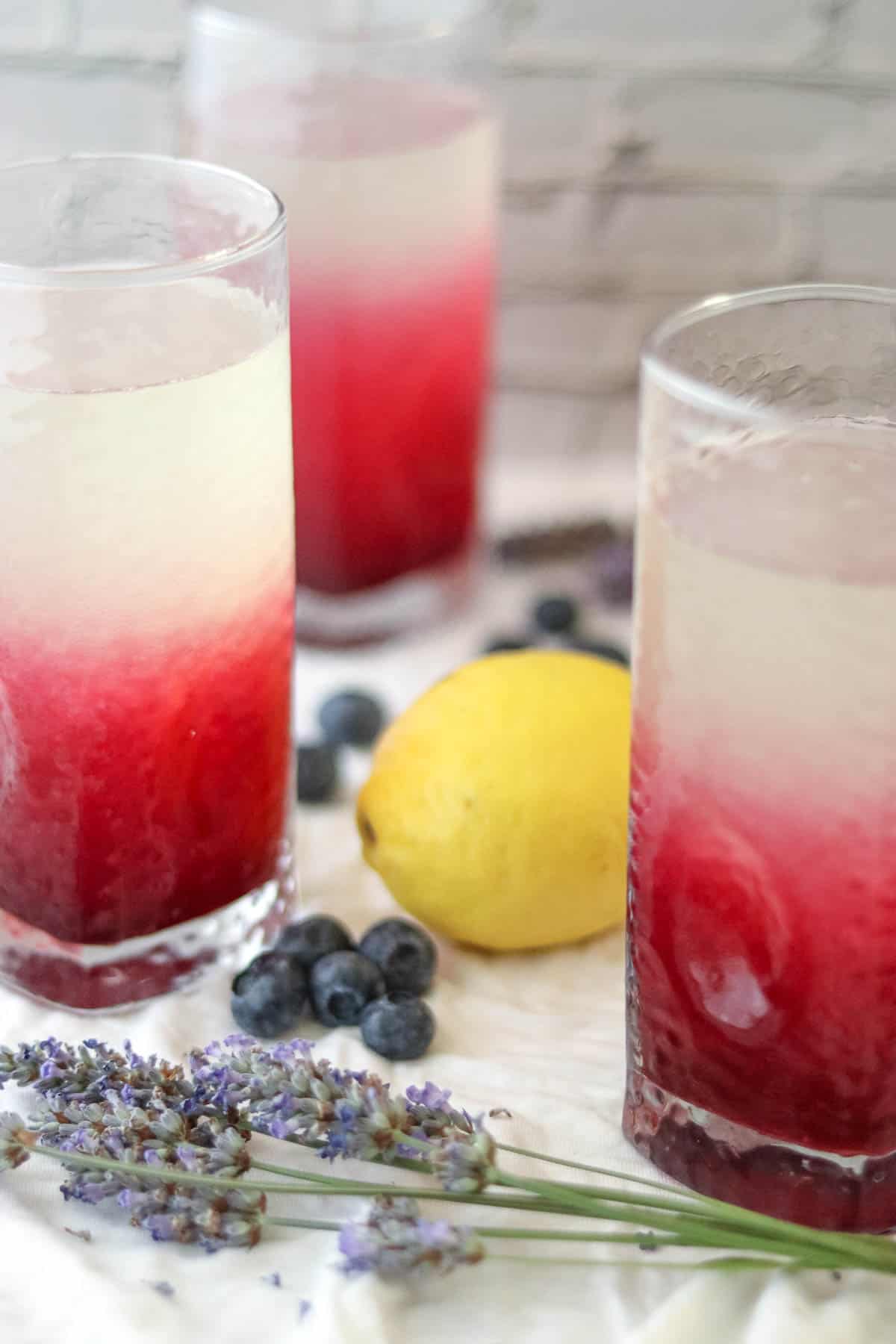
Huh… I didn’t know there are different types of pumpkins. I’m not a baker, but I’m saving this for my friend who is.
Thanks bunches for sharing this with Sweet Tea & Friends this month dear friend.
Homemade anything is always the better way to go! And since it’s so easy to freeze and store it’s great to make ahead for the colder months. Thanks for sharing all your tips and advice 😀
You’re welcome Tammy!
I love growing those little sugar pumpkins. They’re not showy but they’re so good for baking!
I agree Michele! They really are the best for baking!
There are so many uses for this! I actually put it in my cat’s food to help with hairballs and general digestion. Pumpkin is good stuff~ Thanks for sharing at the What’s for Dinner party. Hope your weekend is amazing!
I love roasted pumpkins and squashes. I also season and roast the seeds with some smoked paprika, they’re delicious! Thanks for sharing at the Weekend Traffic Jam link up!
Emma xxx
http://www.style-splash.com
You are welcome Emma, I love roasted pumpkin seeds too!
This is a great tutorial! Thanks for sharing on SSPS, hope to see you again next week
I have never seen the second variety of pumpkin you showed but I have definitely seen the sugar pumpkins around; I’ll have to try this!
Winter Luxury pumpkins are so good. I hope you can find some in your area!
Amy thank you so much for sharing your recipe in my weekly link party! I’m happy to say I’m featuring it this week! https://www.ourtinynest.com/2022/10/26/wednesday-link-party-319/
I’m going to have to try your recipe! Have a great day 🙂
We always scoop our pumpkins out for jack-o-lanterns and bake the seeds. The rest goes into the trash, but I would love to try this out and see if any of us likes pumpkin anything. It certainly looks good! Thanks for sharing on Crafty Creators!
You’re welcome Niki, I hope you like the pumpkin when you try it!
Nothing tastes as good as homemade pumpkin puree. Your recipe is so good and super easy. thank you.
You are welcome Giangi! I hope you get a lot of use out of this recipe for your Fall baking!